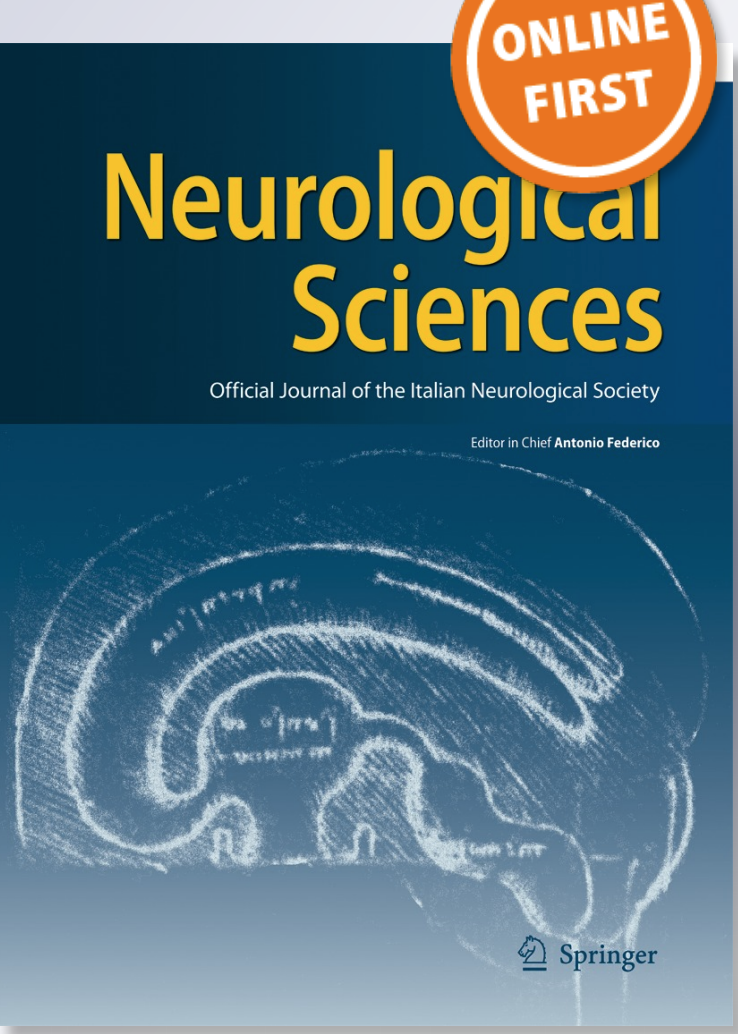Erigo, pubblicato uno studio scientifico
 Un importante studio scientifico sulla verticalizzazione con Erigo nella riabilitazione acuta della grave lesione cerebrale acquisita è stato pubblicato sulla rivista scientifica della Società Italiana di Neurologia a firma di diversi autori tra i quali i medici Antonio De Tanti (fisiatra) e Donatella Saviola (neurologa) del Centro Cardinal Ferrari Santo Stefano Riabilitazione
Un importante studio scientifico sulla verticalizzazione con Erigo nella riabilitazione acuta della grave lesione cerebrale acquisita è stato pubblicato sulla rivista scientifica della Società Italiana di Neurologia a firma di diversi autori tra i quali i medici Antonio De Tanti (fisiatra) e Donatella Saviola (neurologa) del Centro Cardinal Ferrari Santo Stefano Riabilitazione
Erigo è una delle tecnologie in uso al Centro Cardinal Ferrari che permette la verticalizzazione del paziente anche quando la situazione clinica è tale da non consentirne la collaborazione (presenza di disturbi di coscienza, quali stato vegetativo o coma).
Come si legge nell'articolo: "Il recupero dell'ortostatismo dopo un grave danno cerebrale acquisito (sABI) è un obiettivo essenziale da perseguire per evitare il verificarsi di complicazioni secondarie derivanti dall'immobilizzazione prolungata a cui il paziente è sottoposto durante la fase acuta". Lo studio ha dimostrato come l'utilizzo del robot Erigo in 44 pazienti abbia reso più rapido il recupero di alcune attività e la riacquisizione di abilità motorie basilari con il vantaggio di accelerare la fase successiva di riabilitazione delle funzioni sensomotorie più complesse.
Di seguito pubblichiamo l'abstract dell'articolo pubblicato su Pub Med
The recovery of the orthostatism after a severe acquired brain injury (sABI) is an essential objective to pursue in order to avoid the occurrence of secondary complications resulting from prolonged immobilization to which the patient is subjected during the acute phase. This randomized controlled trial aims to evaluate the effect of verticalization with the lower limb robot-assisted training system Erigo® versus conventional neurorehabilitation in 44 adult subjects affected by sequelae of sABI in the acute rehabilitation phase, related to cardiorespiratory signs and measures of impairment and activity. At the end of the study (20 treatment sessions, 5 sessions per week), in both groups of patients, there were no dropouts nor adverse events. In subject verticalized with Erigo®, there were no episodes of (pre)syncope from orthostatic hypotension nor postural orthostatic tachycardia and cardiorespiratory signs remained stable; moreover, there were no increase in muscle tone nor reduction in range of motion at lower limbs. Results obtained show improved outcomes on the whole and in a similar way in both groups; however, the improvement in scores of the National Institutes of Health Stroke Scale, the Tinetti scale, and the Functional Independence Measure from the enrollment to the end of the treatment cycle being equal, the evaluation performed at the 10th session allows to establish that the improvement appears earlier in the intervention group and later in the control group. The more rapid recovery of impairments and some activities in subjects treated with Erigo® could allow a "time-saver" to devote to the rehabilitation of sensory-motor functions which are more complex and subordinated to the preliminary reacquisition of elementary postures and motor strategies.
Authors
Antonio De Tanti, Donatella Saviola (Cardinal Ferrari" Rehabilitation Centre, "Santo Stefano" Riabilitazione, Fontanellato, Parma);Giovanni Pietro Salvi, Emilio Ancona, Annamaria Quarenghi, Marcello Simonini (Neurorehabilitation Unit, BQuarenghi Clinical Institute, San Pellegrino Terme, Bergamo); Raoul Saggini (School of Specialty in Physical and Rehabilitation Medicine,BGabriele d’Annunzio University of Chieti-Pescara); Stefano Mazzoleni (The BioRobotics Institute, Scuola Superiore BSant’Anna Pontedera, Pisa);
2019-06-11
